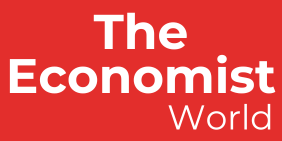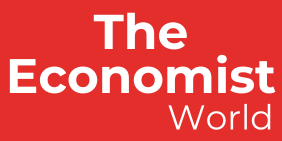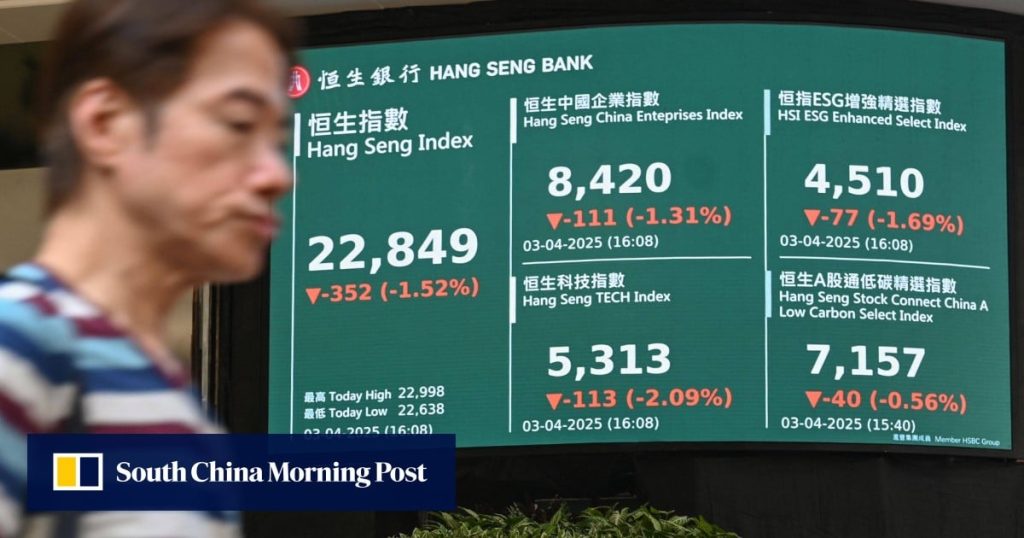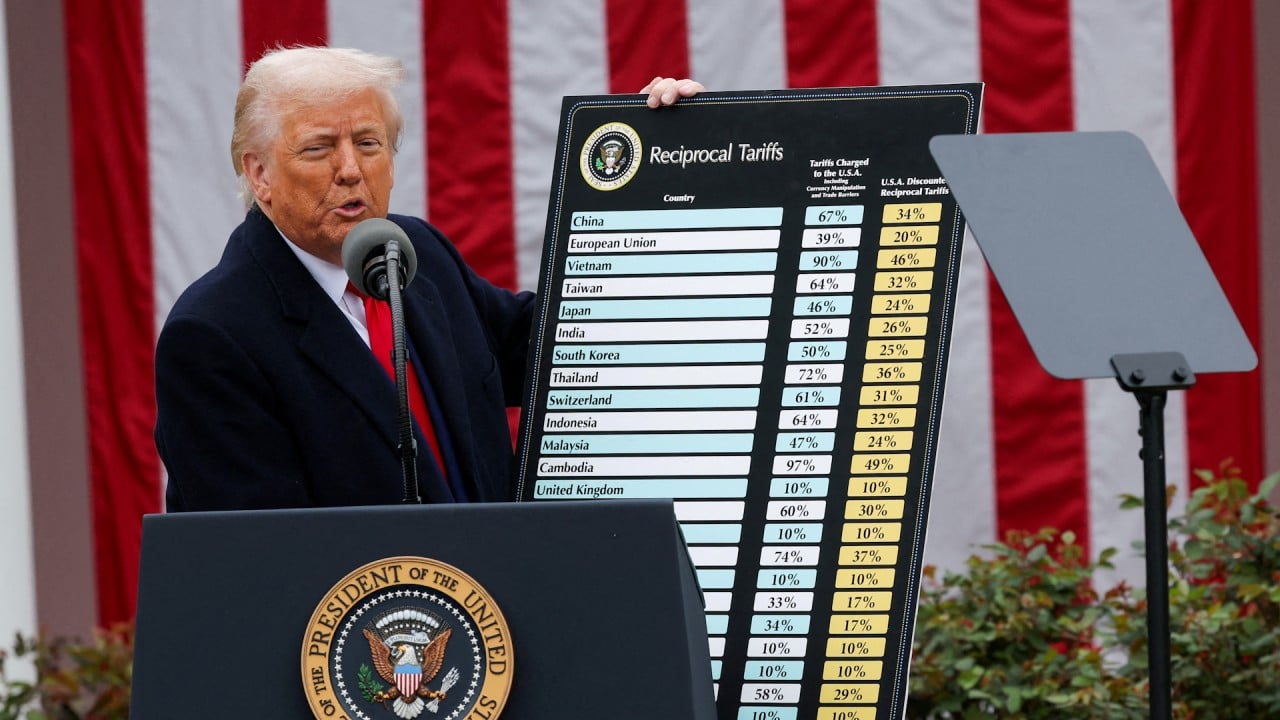The levy is in addition to the existing 20 per cent tariff imposed by President Donald Trump shortly after he took office in January, bringing it close to the 60 per cent rate he threatened during the election campaign and almost falling into the worst-case scenario projected by global investment banks.
The Trump administration also plugged a gap by imposing tariffs ranging from 24 per cent to 46 per cent on Southeast Asian countries, including Vietnam and Thailand, to prevent Chinese goods from being diverted to the US.
“This will have a ripple effect on macro consumption, which is still weak but saw pockets of stabilisation recently,” said Kai Wang, a market strategist at Morningstar. “This could have long-term ramifications, and it is possible China might announce more fiscal stimulus to counteract perceived macro weakness.”
Even before Trump’s latest tariffs, the run-up in Chinese stocks spurred by the nation’s advances in artificial intelligence was showing signs of fatigue. Chinese tech companies’ valuation edge has weakened after they nearly closed the multiples gap with the “Magnificent Seven” US mega-cap stocks.



